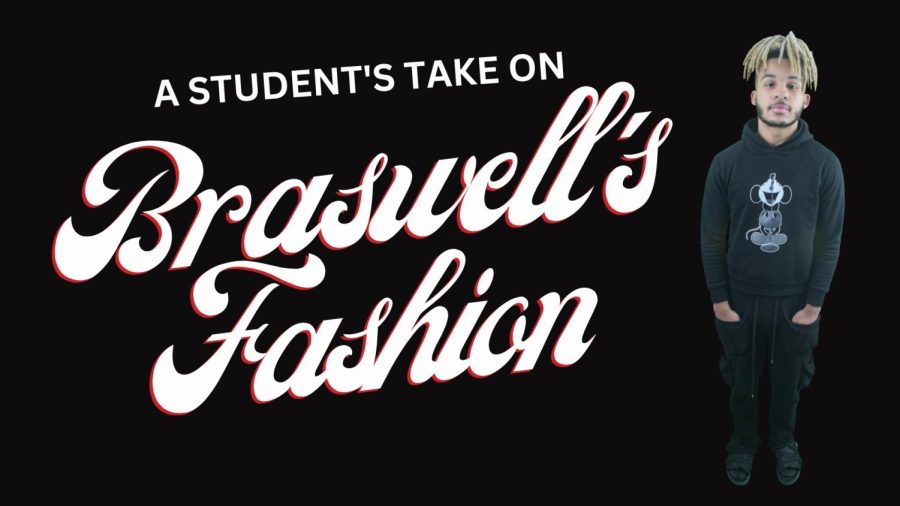“Adam”: A Misrepresentation of the LGBT+ Community
August 30, 2019

Controversy has been widely sparked among the LGBT+ community surrounding the release of the film adaptation of Ariel Schrag’s novel, Adam.
This film has received praise, as well as heavy criticism. There have been numerous petitions released either to stop the showing of the film, or to halt its production altogether. While the film has been released and will be available for viewing in AMC theaters on August 30th, I do not believe anyone should be giving this movie their support or money.
Adam, which premiered at the Sundance Film Festival in late January 2019, portrays the journey of protagonist Adam into his sister’s world; one which is doused with queer culture. He finds himself surrounded by queer people whom mistake him as a transgender (trans) man. He then uses this misunderstanding to get himself in a position for a potential relationship with a character named Gillian, who identifies as a lesbian.
Outrage, disgust, and disapproval have erupted regarding this plotline.
Sitting down and picking apart this narrative leads to many different problems, none of which have been resolved for me via reading reviews from those who have actually seen the movie.
Most importantly, the idea that a group of people, or even one individual, would just assume that someone is trans based on their looks is confusing at best and transphobic at worst. Is the assumption being made that feminine men equate to trans men? Or that trans men are incapable of looking ‘masculine’, whatever that means.
The whole story is based on the idea that a cisgender (cis) man is pretending to be a trans man in order to be in a relationship with a lesbian. Lesbians, by definition, do not date men. Not cis men, not trans men. Genitalia does not equal gender so setting aside whatever genitals Gillian assumes Adam has, lesbians do not date men.
This further amplifies the idea that trans men are not real men. If a lesbian would be willing to date a trans man that would imply that trans men aren’t “real men”. Or we are impressed with the idea that lesbians need to “find the right man” or can be “cured” by a man.
Furthermore, trans people are killed too frequently for a plot line featuring a character pretending to be trans to be produced, let alone supported.
As a queer person, I worry about the impressions that will be left on audiences regarding trans people, lesbians, and the queer community as a whole.
While I will applaud the movie for casting primarily queer and/or trans actors as the cast members, representation should not be accepted and praised if it is bad or harmful. Director Rhys Ernst had high hopes of “bring[ing] to the big screen a story where queer characters aren’t questioning their identities and a world where the LGBTQ community isn’t a minority.” However, he created the exact opposite. This film is full of false pretenses, confused queer characters, lack of consent, etc.
Gillian’s character, after being in a relationship with Adam and breaking it off, realizes she is bisexual, and while this is completely normal and valid, this does not excuse many of the subplots in the film. Including a scene where Adam makes sexual advances while keeping Gillian uninformed and, therefore making the actions non-consensual.
With the film being released this Friday, August 30th, I urge you all to refrain from giving your money and support to a lesbophobic and transphobic movie that, regardless of its intentions, perpetuates harmful depictions of the LGBT+ community.













































